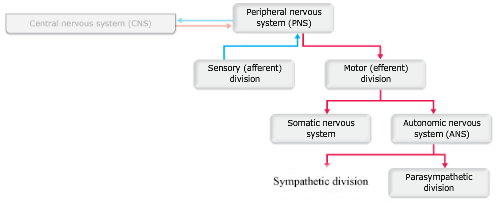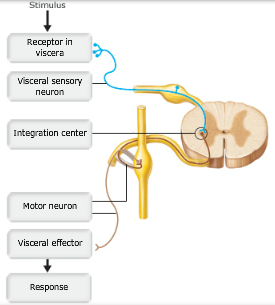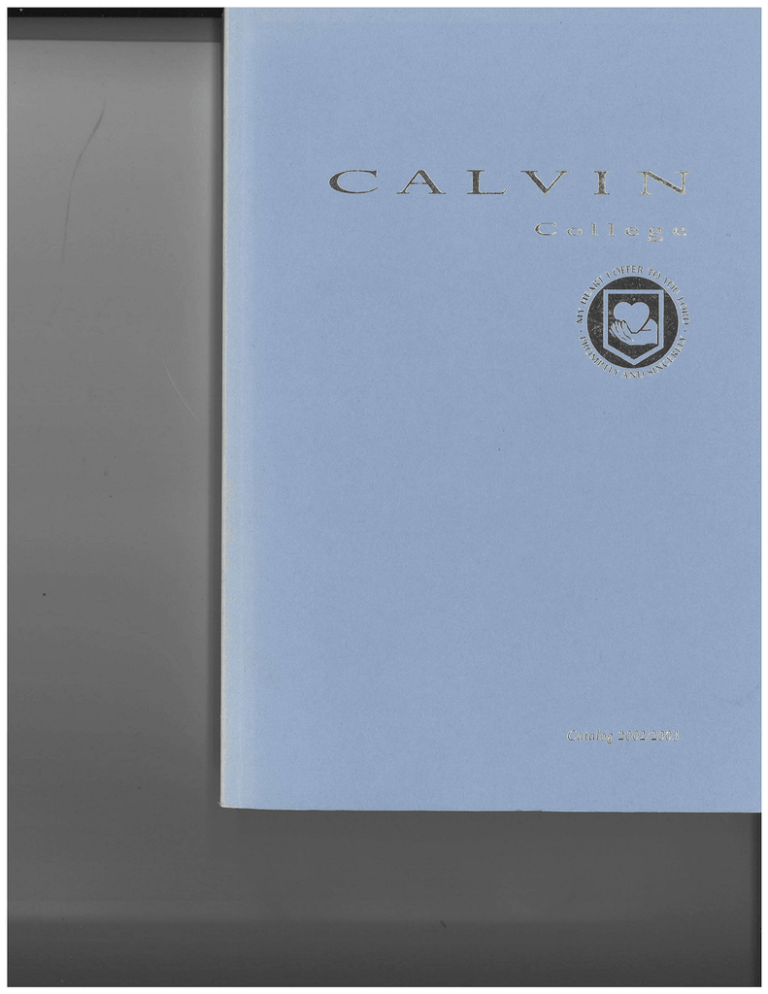17+ Chapter 14 Anatomy And Physiology
173 The Pituitary Gland and Hypothalamus. There are three planes commonly referred to in anatomy and medicine as illustrated in Figure 114.

Us20080038404a1 Protein Google Patents
General Anatomy Physiology Chapter Exam Instructions.

. 141 Sensory Perception. The Central Nervous System. Regional anatomy is the study of the interrelationships of all of the structures in a specific body region such as the abdomen.
Anatomy Physiology by Lindsay M. While his fame initially rested on his achievements as a painter he also became known for his notebooks in which he made drawings and notes on a variety of subjects. Anatomy and Physiology is a dynamic textbook for the two-semester human anatomy and physiology course for life science and allied health majors.
Purchase Ross Wilson Anatomy and Physiology in Health and Illness - 14th Edition. To make the whole-Earth image NASA scientists combine observations of different parts of the planet. DNA chromosomes and genes.
171 An Overview of the Endocrine System. 171 An Overview of the Endocrine System. The vertebrae are divided into the cervical region C1C7 vertebrae the thoracic region T1T12 vertebrae and the lumbar region L1L5 vertebrae.
173 The Pituitary Gland and Hypothalamus. Types of Synovial Joints. This chapter begins with an overview of anatomy and physiology and a preview of the body regions and functions.
By the end of. Anatomy and physiology are studied together to give. Holes Human Anatomy and Physiology 13th Edition David N.
Leonardo di ser Piero da Vinci 15 April 1452 2 May 1519 was an Italian polymath of the High Renaissance who was active as a painter draughtsman engineer scientist theorist sculptor and architect. Anatomy Physiology by Lindsay M. Our goal is to provide free confidential and convenient academic support to HCC students in an online environment.
Online content offered with Ross Wilson Anatomy and Physiology in Health and Illness 14 th edition includes. Retrieved 1424 July 17 2016. 271 Anatomy and Physiology of the Male Reproductive System.
Anatomists take two general approaches to the study of the bodys structures. The six types of synovial joints allow the body to move in a variety of ways. ISBN 9780323834605 9780323834629.
Regulation Integration and Control. 175 The Parathyroid Glands. 115 Muscles of the Pectoral Girdle and Upper Limbs.
113 Axial Muscles of the Head Neck and Back. Its pancreatic isletsclusters of cells formerly known as the islets of Langerhanssecrete the hormones glucagon insulin somatostatin and. The stratum basale also called the stratum germinativum is the deepest epidermal layer and attaches the epidermis to the basal lamina below which lie the layers of the dermis.
Choose your answers to the questions. 174 The Thyroid Gland. 116 Appendicular Muscles of the Pelvic Girdle and Lower Limbs.
171 An Overview of the Endocrine System. Biga Sierra Dawson Amy Harwell Robin Hopkins Joel Kaufmann Mike LeMaster. They are about 1114 cm in length 6 cm wide and 4 cm thick and are directly covered by a fibrous capsule composed of dense irregular connective tissue that helps to hold.
Its lucid text strategically constructed art career features and links to external learning tools address the critical. 193 Cardiac Cycle Learning. The vertebral column forms the neck and back.
112 Naming Skeletal Muscles. 92 Fibrous Joints Learning Objectives. 111 Interactions of Skeletal Muscles Their Fascicle Arrangement and Their Lever Systems.
This chapter includes descriptions of the anatomy hormonal physiology types of breast cancers classification stages. Sets found in the same folder. The sagittal plane is the plane that divides the body or an organ vertically into right and left sides.
The book is organized by body system and covers standard scope and sequence requirements. Which of the following is a symptom of a hyperactive thyroid. The cells in the stratum basale bond to the dermis via intertwining collagen fibers referred to as the basement membrane.
Chapter begins wi th an overview of anatomy and physiology and a preview of the body regions. Anatomy Physiology by Lindsay M. 174 The Thyroid Gland.
Print Book E-Book. The pancreas is a long slender organ most of which is located posterior to the bottom half of the stomach Figure 1791Although it is primarily an exocrine gland secreting a variety of digestive enzymes the pancreas also has endocrine cells. The Central Nervous System.
An understanding of anatomy and physiology is not only fundamental to any career in the health professions but it can also benefit your own health. Welcome to HCC online tutoring. 171 An Overview of the Endocrine System.
Synovial joints are subdivided based on the shapes of the articulating surfaces of the bones that form each joint. The Central Nervous System. Biga Sierra Dawson Amy Harwell Robin Hopkins Joel Kaufmann Mike LeMaster.
The vertebral column originally develops as 33 vertebrae but is eventually reduced to 24 vertebrae plus the sacrum and coccyx. The six types of synovial joints are pivot hinge condyloid saddle plane and ball-and socket-joints Figure 943Figure 943 Types of Synovial Joints. Paired ovals adult testes are each approximately 4 to 5 cm in length and are housed within the scrotum see Figure 273They are surrounded by two distinct layers of.
Mastering Biology Chapter 17. The neurons responsible for musculature in the feet and lower legs are in the medial wall of the precentral gyrus with the thighs trunk and shoulder at the crest of the longitudinal. The Central Nervous System.
Figure 11 This NASA image is a composite of several satellite-based views of Earth. The testes singular testis are the male gonads that is the male reproductive organs. 175 The Parathyroid Glands.
14 The Somatic Nervous System. Traverses the glandular tissue has also been described. Biga Sierra Dawson Amy Harwell Robin Hopkins Joel Kaufmann Mike LeMaster.
They produce both sperm and androgens such as testosterone and are active throughout the reproductive lifespan. A finger-like projection or fold known as the dermal papilla. Studying regional anatomy helps us appreciate the interrelationships of body structures such as how muscles nerves blood vessels and other.
Creating a motor homunculus see Chapter 142 Figure 1425. 114 Axial Muscles of the Abdominal Wall and Thorax. The Central Nervous System.
If this vertical plane runs directly down the middle of.

Chapter 14 Autonomic Nervous System Part 1 Youtube

Anatomy And Physiology Help Chapter 14 Light Overview Flythrough Of The Brain Nervous System Youtube

Us20080038404a1 Protein Google Patents

Chapter 14 Autonomic Nervous System Part 1 Youtube

A P Chapter 14 The Autonomic Nervous System Flashcards Easy Notecards

Anatomy Physiology Flash Cards On The App Store

A P Chapter 14 The Autonomic Nervous System Flashcards Easy Notecards

Danc317 Example 10 Some Notes And Exercise Heavy Paint A Little Too Small I Thought Your Mom Studocu
![]()
K7 Flashcards Quizzes Brainscape
Research Article British Journal Of Medical Practitioners

I

Hurst S The Heart 14 E On The App Store

Anatomy And Physiology Chapter 14 Flashcards Quizlet

Integumentary System Diagram Activity Teaching Resources Tpt
![]()
K7 Flashcards Quizzes Brainscape

Chapter 14 Autonomic Nervous System Part 1 Youtube

Anatomy And Physiology Marieb Test Chapter 17 Blood Flashcards Quizlet